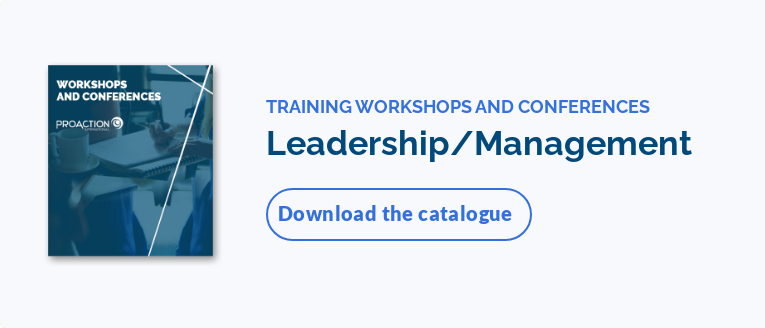Transparency: an organizational culture to adopt
Generally, the organizations I advise tend to keep back certain information by default. I am sure that you regularly overhear requests like: “Can you share this file with me?”, “What are the highlights of your last management meeting?”, “Could I have access to that budget?” . We are cautious. As a habit, we don't share information transparently, either as a symptom of a culture of distrust or simply just in case.
I should perhaps point out that a culture change concerning information sharing is a long and tedious process. A number of fears usually arise from such a process and concerns about the sensitivity of certain information resurface.
But rest assured: I am not advising you here to share everything. It is simply a matter of becoming aware of our reflexes and identifying whether our decisions on information sharing are the result of personal discomfort or a response to a real risk to the organization.
Sharing failures as much as victories
The starting point for setting up a sharing structure is usually the verbalization of the failures, problems, and difficulties in the organization. Culturally, we tend to celebrate our achievements and keep our failures to ourselves
To practice identifying failures and learning from them collectively, a powerful tool that I advocate with my clients and my own teams is the post-mortem debriefing circle. Indeed, systematizing organizational learning by studying the strengths and weaknesses of our failures is a particularly effective continuous improvement strategy, as is adopting a coaching culture.
This exercise, which helps build your teams’ confidence in your leadership and the organization, is part of a flat organizational culture, where trust and accountability are valued and, above all, where unnecessary ego is set aside. And while sharing best practices contributes to team performance, sharing failures and difficulties is an equally powerful tool for group learning.
Are you the authoritarian type?
Having read this article, your challenge is now to try to identify the formal practices or cultural upheavals in your professional environment that are symptomatic of authoritarian practices. By identifying them and calling them by their name (vertical – authoritarian parent or horizontal – professional adults), you will be taking the first step towards change: awareness.
Happy investigating!
Here are some key readings if you want to learn more about the topics discussed in this article:
- Facilitator’s Guide to Participatory Decision Making. Sam Kaner. San Fransisco. Jossey-Bass. 2014
- Reinventing Organizations. Frédéric Laloux. Bruxelles, Nelson Parker. 2014
Management focused on skills development, communication and proactivity is key to mobilized teams that are committed to continually surpassing themselves. Develop a strong corporate culture with the personalized support of our experts.










